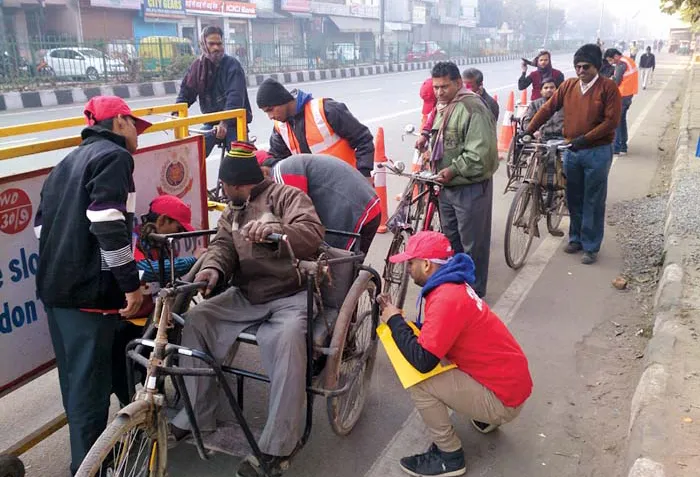European skiers may be praying for snow but city dwellers and highway users likely want the white stuff at bay for as long as possible. To help drivers be ready for the inevitable snow, the UK’s Institute of Advanced Motorists (IAM) has launched its national winter campaign Wheels in Winter well ahead of 21 December, the official first day of winter.
London’s winters can be milder than for many other major northern European cities, such as Paris, Warsaw and Berlin. But the UK capital’s rainy weather with t
October 14, 2014
Read time: 2 mins
European skiers may be praying for snow but city dwellers and highway users likely want the white stuff at bay for as long as possible. To help drivers be ready for the inevitable snow, the UK’s 5125 Institute of Advanced Motorists (IAM) has launched its national winter campaign Wheels in Winter well ahead of 21 December, the official first day of winter.
London’s winters can be milder than for many other major northern European cities, such as Paris, Warsaw and Berlin. But the UK capital’s rainy weather with temperatures hovering just above freezing means a drop of only 3°C can result in dangerously icy roads, warns IAM, an independent road safety charity.
The UK’s5432 Department for Transport reported 57,260 cars across England and Wales were involved in accidents as a result of wet, flooded and icy roads in 2013.
Skidding alone resulted in 11,614 major road accidents. Also in the same year, more than 5,000 motorcycle accidents took place.
South East England – the area with the mildest temperatures -- reported 6,675 accidents, the highest for any area in England and Wales.
“The Wheels in Winter campaign is part of a national effort to cut the number of road traffic collisions and incidents,” said IAM chief executive Nick Stonard.
IAM will be issuing weekly advice, reactive weather forecast updates and social media notices to keep safe driving in the minds of road users.
IAM’s commercial division operates through its occupational driver training company IAM Drive & Survive. Its policy and research division offers advice and expertise on road safety.
London’s winters can be milder than for many other major northern European cities, such as Paris, Warsaw and Berlin. But the UK capital’s rainy weather with temperatures hovering just above freezing means a drop of only 3°C can result in dangerously icy roads, warns IAM, an independent road safety charity.
The UK’s
Skidding alone resulted in 11,614 major road accidents. Also in the same year, more than 5,000 motorcycle accidents took place.
South East England – the area with the mildest temperatures -- reported 6,675 accidents, the highest for any area in England and Wales.
“The Wheels in Winter campaign is part of a national effort to cut the number of road traffic collisions and incidents,” said IAM chief executive Nick Stonard.
IAM will be issuing weekly advice, reactive weather forecast updates and social media notices to keep safe driving in the minds of road users.
IAM’s commercial division operates through its occupational driver training company IAM Drive & Survive. Its policy and research division offers advice and expertise on road safety.








